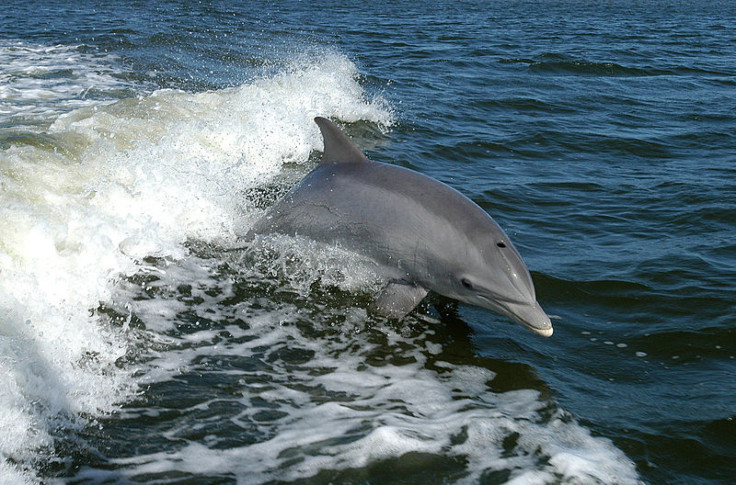Dolphins' Hunting Technique Inspires New Radar Device

Flipper has inspired scientists to develop a new kind of radar device capable of finding hidden surveillance equipment and explosives.
The twin inverted pulse radar (TWIPR) made by a team from the University of Southampton in England uses the same technique dolphins do to capture prey. The findings, published in the journal Proceedings of the Royal Society A: Mathematical and Physical Sciences, explained how the device resembles the way dolphins send out two pulses in quick succession to cancel out background noise.
"I was thinking to myself that dolphins should not be able to see fish with their sonar in these bubble clouds unless they are doing something very clever that manmade sonar cannot," co-author Timothy Leighton of the University of Southampton's engineering faculty told Agence France-Presse. "I sat and thought: 'If I was a dolphin what kind of pulse would I send out in order to see these fish in bubble clouds?' and then I decided on a pulse that was a positive and negative pulse."
The team first experimented with acoustic sonar signals and found that a large one followed by a small one imitates sound waves in way where fish and bubbles can be distinguished. Using that same technique with radio signals, the team developed a small radar tracker than can be placed in the helmets of miners and skiers to help find them.
When used, the twin pulses -- one negative and one positive -- will hit objects like trees, foliage, metals and will return, cancelling each other out.
"But if it hits a semiconductor device, then it takes that pulse of a negative polarity and turns it into a positive polarity. It makes everything positive. They come back very strongly because you're adding a positive to a positive so you get a very strong signal," Leighton said.
The device, which is about two inches long, can be built for less than a dollar and requires no batteries. The trackers can be used on animals, humans and infrastructure like pipes.
"If you have bombs hidden in roadside rubbish like plastic bags, wood scrap, bike wheels and drinks cans it distinguishes the interesting devices – those containing metal wires and semiconductors – so you might pinpoint a bomb circuit for instance," Leighton told New Scientist
© Copyright IBTimes 2025. All rights reserved.





















